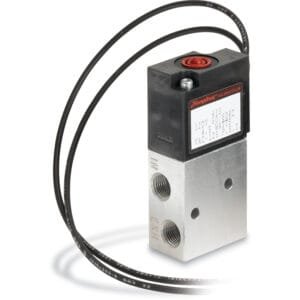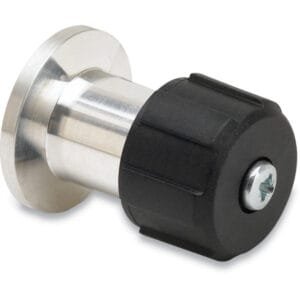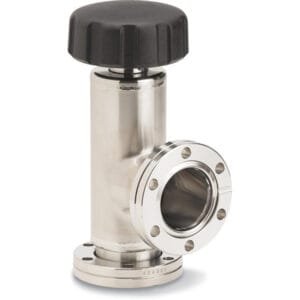TFM offers ISO400 HV Flanges, precision-crafted to meet the demanding requirements of high-vacuum (HV) chamber ports. These Large ISO flanges provide robust, reliable sealing solutions for advanced vacuum systems.
ISO400 Flange Styles:
- ISO-K: Features clamp fasteners for efficient assembly and maintenance.
- ISO-F: Secured with nut and bolt fasteners for a solid, dependable connection.
Compatibility for Mixed Connections:
ISO400 HV Flanges support versatile system setups, allowing seamless joints between ISO-K and ISO-F styles using a range of bolt and clamp options.
Design and Seal Highlights:
- Each flange face is counter-bored or grooved to hold a metal centering ring with an elastomeric o-ring.
- The centering ring ensures precise alignment of flanges while maintaining secure o-ring positioning for consistent, leak-free sealing.
Operational Parameters:
- Temperature Range: ~0°C to 120–180°C, depending on the properties of the o-ring.
- Pressure Range: From atmosphere to ~10⁻⁸ torr or mbar.
TFM’s ISO400 HV Flanges are engineered for exceptional durability and performance in demanding vacuum environments. Contact us for standard options or to customize a solution that suits your specific requirements!





Reviews
There are no reviews yet.